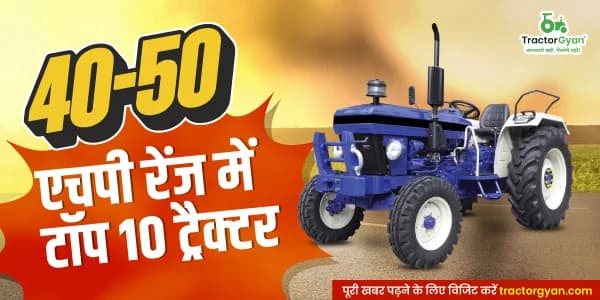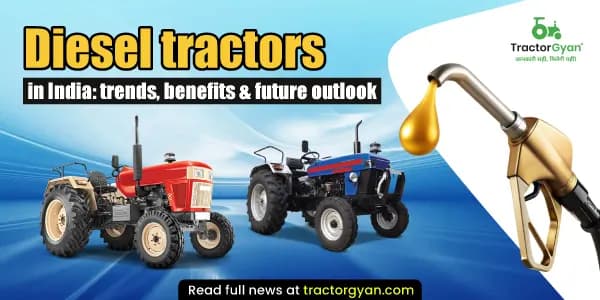Why tractor manufacturers are urging a delay in TREM V norms?
टेबल ऑफ कंटेंट
The top tractor makers in India are asking the government to delay implementing TREM V emission standards, which are set to start in April 2026.
Although the BS VI norms were already rolled out for 2 and 4-wheelers, including commercial vehicles (except tractors) across India from 1 April 2020 onwards, they have drastically reduced vehicle emissions and also increased costs for manufacturers and buyers. Now, the government wants to apply TREM V norms to all tractors with engines above 26 HP.
India mainly uses tractors with less than 50 horsepower, while European countries use tractors with 200 to 250 horsepower. A.S. Mittal, President of the Tractor Manufacturers Association (TMA), says it doesn't make sense to use the same "Euro V-style norms" in both markets.
Countries like the US, Australia, Brazil, and Thailand have also raised similar concerns, asking if these kinds of rules are useful for farm equipment. Their worry is important as the new rules could make tractors more expensive.
Mr. Raman Mittal, Joint Managing Director, International Tractors Ltd., stated, “The industry is very competitive… with new rules, the tractor prices may go up by at least 15%, especially for small farmers who may find it difficult to afford these upgraded tractors." And this TREM V implementation would badly impact the tractor buying tendency of small and marginal farmers.
What Do You Mean By TREM V?
TREM V Emission Norms refer to Tractor Emission Norms Stage V. These environmental regulations, set by the Government of India, control the amount of pollution (mainly harmful gases like NOx, CO, and particulate matter) released by diesel-powered tractor engines.
These are designed specifically for agricultural tractors and equipment. It mandates advanced engine technologies like Diesel Particulate Filters (DPF), Selective Catalytic Reduction (SCR), and Electronic Control Modules (ECM).
What Changes for Tractors Under TREM V?
- More technologically advanced and costly engines.
- Higher maintenance needs due to sensitive electronic parts.
- The cost of manufacturing and selling a tractor increases significantly by up to 15% or more.
The Problem of Low Mechanisation
India's farm mechanisation is only 47%, while in China it's 60% and in Brazil it's 75%. We're already working to close that gap. If TREM V makes tractors more expensive, it could make it even harder for people to use machinery, especially small landholding farmers. Mechanisation is important for increasing productivity, but making it expensive could slow our growth.
What Are the Advantages of the Delay in TREM V Implementation?
- Economic Relief: A postponement would reduce financial strain on the farm industry, which is still recovering from economic slowdowns.
- Industry Preparedness: Manufacturers have more time to make innovative parts in their home countries, reducing imports and costs.
- Gradual Transition: Farmers and service networks can gradually adopt new technologies, ensuring seamless operations.
What are its Advantages and Disadvantages for Indian Farmers?
This delay has both pros and cons for the farmers.
Advantages of Delay in TREM V for Indian Farmers
- Farmers can continue buying tractors at current prices without the 15–20% hike.
- Farmers can get time to learn about new emission technologies and their maintenance.
- Prevents immediate pressure on small and marginal farmers who already face rising farming costs.
Disadvantages of Delay in TREM V for Indian Farmers
- Prices may rise sharply when TREM V is eventually implemented, affecting budgets later.
- A slower reduction in harmful emissions from older tractors.
- Farmers miss out on potential diesel savings.
What Will Be the Effect of TREM V on the Tractor Sales?
- New tractors cost more; therefore, farmers may not buy them.
- Farmers seeking cheaper options may increase demand for secondhand tractors.
- Tractor sales, especially under 50 HP ones, which dominate India's market, would certainly shrink.
- Companies may provide discounts on pre-TREM V stock before the deadline. It would temporarily raise sales but damage profitability.
Conclusion
TREM V emission limits reduce air pollution and align India with global environmental norms, although they have short-term economic effects. A 15% price increase could affect sales and agricultural economics for most Indian farmers who utilise low-priced tractors. Staged or delayed implementation would allow manufacturers and farmers to respond, adapt technology, and preserve agricultural productivity.
Tractor Gyan’s Opinion on TREM V Implementation
Although environmental sustainability is vital, Tractor Gyan prioritises farmers' economic reality. A balanced approach, such as:
- Staged implementation
- Farmer subsidies and tax breaks
- Area-specific advanced part support
It can help India clean up its farmland without overburdening its farmers, its backbone. Delays are meant to protect farmers and rural jobs, not halt growth.
कैटेगरी
और ब्लॉग पढ़ें
Mahindra & Mahindra has hit an astonishing milestone by selling over 300,000 tractors in the US market. The business is also celebrating 30 years of doing business in America. Mr. Anand Mahindra, the chairman of the Mahindra Group, celebrated this proud moment...
केंद्र सरकार ने एक नई योजना – प्रधानमंत्री धन-धान्य कृषि योजना को मंजूरी दे दी है। इस योजना के तहत 36 अलग-अलग योजनाओं को जोड़कर एक बड़ी योजना बनाई गई है, जिसमें हर साल (6 साल तक) 24,000 करोड़ रुपये खर्च किए...
For decades, JCB has been synonymous with backhoe loaders in India. It is not just a brand, it is much more. It is a name that symbolises strength, reliability, and performance on every building site in every corner of India. JCB is...
इसके बारे में अपनी टिप्पणी लिखें Why tractor manufacturers are urging a delay in TREM V norms?
.webp&w=1920&q=75)
ट्रैक्टर और कृषि से जुड़े सबसे अधिक खोजे जाने वाले ब्लॉग्स
07 Jan 2026
18 Dec 2025
29 Jul 2025
08 Sep 2025
03 Jul 2025
30 Jul 2025
30 Jul 2025
30 Jul 2025
29 Jul 2025
30 Jul 2025
26 Dec 2025
31 Jul 2025
18 Dec 2025
26 Dec 2025









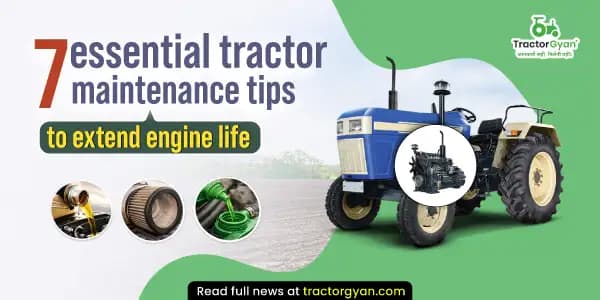





.webp&w=2048&q=75)





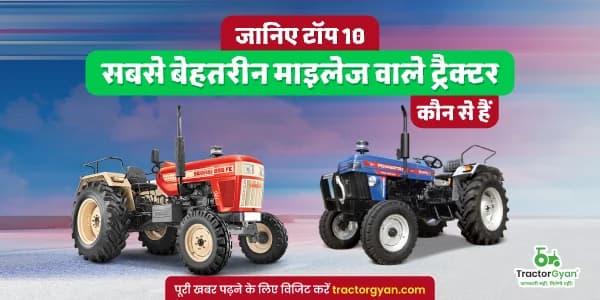
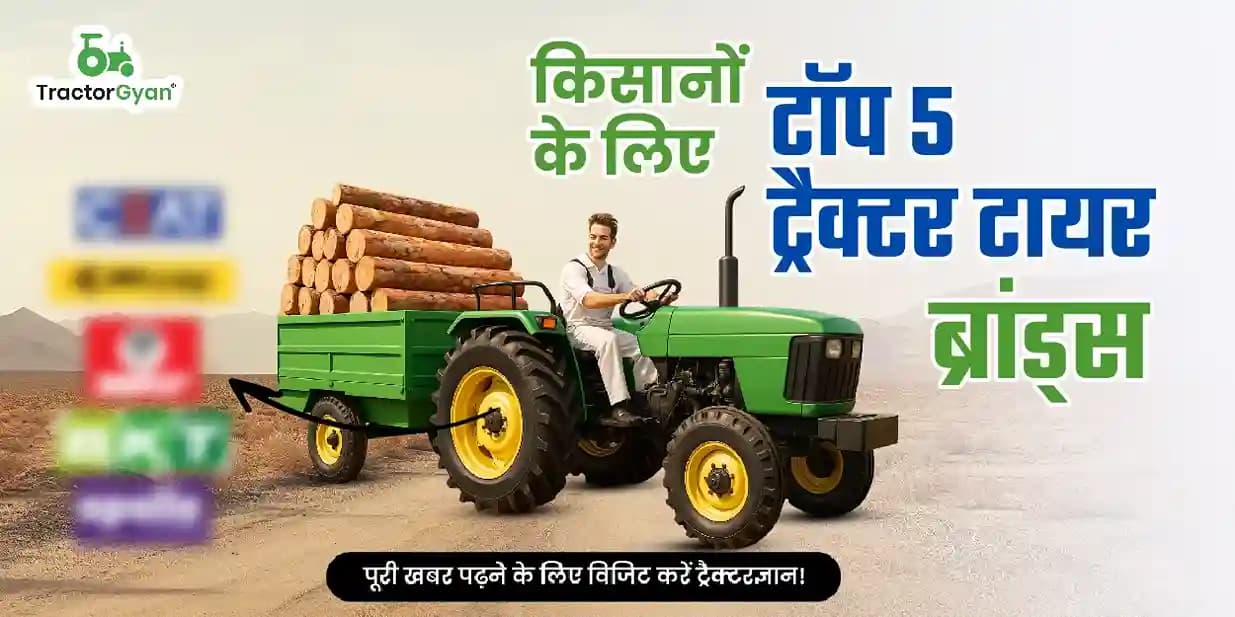


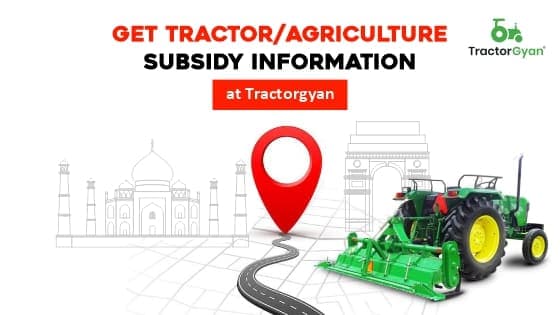
.webp&w=2048&q=75)
.webp&w=2048&q=75)
